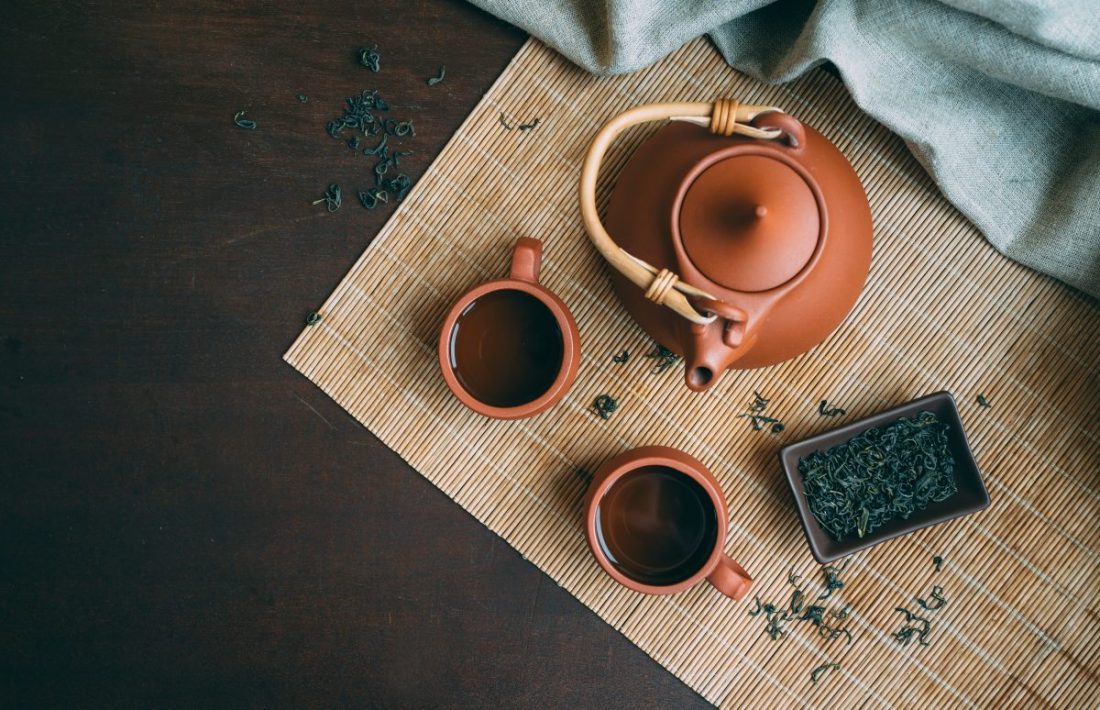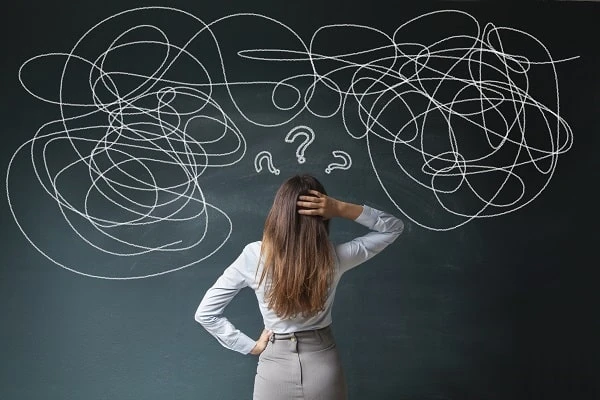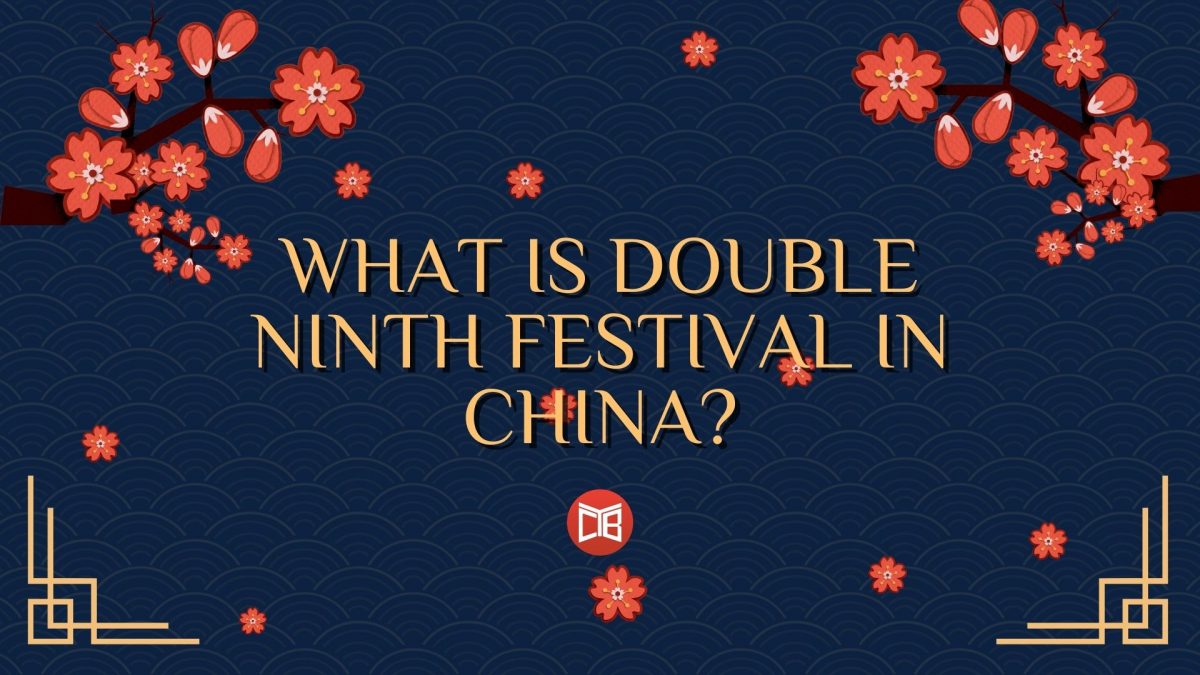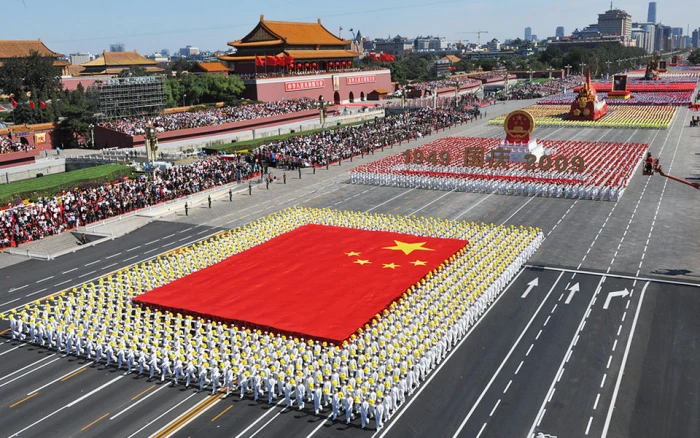
Have you ever wondered why Chinese people like their tea so much? More than just a drink you have among friends, tea is one of the (if not the most!) important drink in Chinese society. The Chinese tea culture history started more than 4000 years ago. It is said that the Emperor and herbalist Shénnóng 神农had a leaf accidentally falling in his boiling water and liked the taste. The rest is history!
With an average of 2.3 million tons of tea sold each year in China with six different varieties, tea always played a major role in Chinese people’s daily life: But why? Is it only for the taste or is there more behind the leaf? Knowing the importance of tea in Chinese culture is a must when learning the language! It can really help you improve your Chinese social skills and make you outstand when you are invited in a Chinese family. Let’s dive in and see what’s in the cup!
Chinese Tea Culture
One of the first questions we get is: Is tea really from China? Tea is such a part of the Chinese culture that the contrary would be doubtful. This is a never ending debate when talking about Chinese Tea Culture. However, if we rely on all the annals left over the centuries, the Chinese tea culture originated from Southwest China. At first, Chinese people were using tea leaves for their medicinal properties. Then, since tea leaves have quite a few fibers and nutriments, people were eating them during starving times.
From Pre-Qin Dynasty (before 200 BC), more than for its medicinal properties, tea started to be used for its taste under the form of tea soup! This marks the starting point of having tea for the taste of it!
Chinese people continued to use tea to cure headache and other discomfort but it is not until the Tang Dynasty that the “Chinese tea drinking culture” officially started.
On this subject, we own everything to a man called 陆羽 Lu Yu, a writer and Chinese tea master from the Tang Dynasty (618-907 CE) who was completely obsessed with tea. Around 760 CE, Lu Yu decided to write down everything related to his “obsession”, Chinese tea, in a book called chájīng 茶经, the “Classic of Tea” consisting of three books and 10 chapters! In this book, he explained in details how people were cultivating, making and drinking tea.
How was tea made in ancient China: Ancient China tea production
According to Lu Yu 陆羽,in ancient China tea production, tea leaves were first steamed in a steamer before being grounded. After being shaped into cakes, 砖茶zhuānchá, the tea was dried out before being hanged with bamboo. Before consumption, the tea was finally cooked and put in designed tea bowls.
The coming of new high class utensils for tea
The Tang and especially the Song dynasty saw the refinement of tea utensils come to a bloom! With a total of not less than 28 utensils (reported in Lu Yu’s 茶经), tea became one of the seven necessities to start the day. (We may learn from that!). According to the book “Dreams of Splendors of the Eastern Capital”, 东京梦华录, from the Song dynasty, there were seven necessities to start the day: Firewood, rice, oil, salt, sauce, vinegar and tea. During this period, the ceramic innovation in teaware also reflected refinement and good taste. Drinking tea was seen as a kind of meditation where drinker had to meditate on the taste of tea leaves. But what tea were they drinking exactly? Were they the same as today’s tea? The answer is: basically yes!
How many types of tea are there in China
There are six basic types of tea in China: Green, white, yellow, red, oolong and dark tea (pu’er tea: 普洱茶 pǔ’ěr chá) all coming from the camellia sinensis tea plant. Let’s see if you can differentiate the different types of Chinese tea:
Green tea 绿茶lǜchá
Green tea is one of the most famous teas in our modern society and is mainly known for its antioxidant properties. Since the transformation of the leaves during the production process is very mild, it leaves you with a pure taste that can sometimes be hard on your stomach.
White tea 白茶 báichá
One of the rarest and most expensive tea, 白茶 báichá is associated to Chinese Medicine for its anti-cancer properties. White porcelain tea set should be especially used to drink white tea.
Yellow tea 黄茶 huángchá
Also known as the Imperial tea (yellow color was only wore by the Emperor), only people from the Emperor surrounding were allowed to drink yellow tea! 黄茶 huángchá is harder to find due to its limited production. In addition to having a lot of antioxidant and burning fat, 黄茶 huángchá can also help you concentrate when you have exams!
Red tea红茶hóngchá
Also known as Black Tea, 红茶hóngchá was considered as a “mix” with green tea and was mainly used for exportation. Full of antioxidant, it can boost your immune system but drink it with moderation. 红茶hóngchá is one of the teas with most caffeine, it can keep you awake all night!
Oolong tea 乌龙茶 wūlóngchá
The name wūlóngchá “Black Dragon Tea” comes from the shape of the leaves when they are infused in the water. Lightly caffeinated, having a cup of Oolong tea is like having a pharmacy in your cup! It has all the properties a lot of peoples are looking for: boost metabolism, reduce inflammation, helps you lose weight and the list goes on!
Dark tea黑茶 (普洱茶 pǔ’ěr chá )
Dark tea is the less know of all the six different types of tea in China. Unlike other teas, dark tea gets better with time, just like wine! One of the most known Dark tea is普洱茶 pǔ’ěr chá. Mainly from Southern China and Taiwan, 普洱茶 pǔ’ěr chá is known in China for its multiple health benefits. Dark tea is often used to lose weight.
This being said, what is actually the importance of tea in Chinese culture?
Importance of tea in Chinese Culture
If you read this article up to now, you have a good idea about the importance of tea in Chinese Culture. Everything about tea is refined and quiet: The teapot, the brush, the small cups, everything. From the visual aspect, we can expend the vision of tea to a more spiritual one. Why do we honor so much these leaves, up to the point of making a ceremony out of it?
Tea ceremony in China
The tea ceremony in China has no less than seven steps before you can finally enjoy your cup of tea! Those include the followings:
- Preparation of tea set: Including: Teapot, teacups, tea strainer, kettle, water, tea leaves, tray and tea leaf holder!
- Rinsing teapot and tea cups with hot water
- Putting tea leaves in teapot
- Washing the tea leaves
- Brewing the tea (while pouring hot water on top of teapot to assure an equal inside/outside temperature)
- Rinsing the tea cups
- Pouring the brewed tea
This kind of tea ceremony can be performed for a nice talk with friends, for a more formal “business talk” or for the traditional wedding tea ceremony. During this last one, the broom and wife have to kneel in front of their parents offering them a cup of tea, in order to show their respect to their elderly.
What does tea symbolize in Chinese Culture?
If Chinese tea is used in such reverent manners, what does tea symbolize in Chinese Culture? In China, apart from being a way to connect with other people, Chinese tea drinking is viewed as a tool for meditation through a calm and detailed step by step ceremony. When someone invites you to have tea in their house, it is a way to show their respect to you. Sharing tea with someone in China is much more than what it is in Western countries. A special link is shared through the making of the tea, the ritual, the ceremony, the silence and at the same time the sound of the teapots gently touched by the water.
A simple cup of tea in China is a reminiscence of thousands of years of tea culture and all the respect that emanates from it.
Modern version of tea in China: Bubble tea 珍珠奶茶 zhēnzhū nǎichá
In its most modern version, tea has now a new appellation in China: Bubble tea! This relatively new drink is most known for its rich sugar taste and is very popular among young people in China since the 90’s. If you live in China, you are used to see bubble tea shops at each street corner with their neon light flashing over Tapioca’s bubble teas delicacies. Adding tapioca pearls to their milk tea really appeared to young Chinese people when it was introduced during the 90’s. Since then, this market evolved with more than US$ 20 billion of incomes derived from the bubble tea industry in China each year!
Conclusion
After seeing the impact of tea on Chinese culture, one could wonder what China would be without this precious drink? What would Chinese people be drinking in their daily life? Tea is so viscerally associated with Chinese culture that it is almost impossible to imagine China without it. The same will happen when learning Chinese; you will very fast come across vocabulary related to tea, and learning all about it will help you not only understand a simple conversation about tea, but also enrich your Chinese culture knowledge. Did you know that China gained the World’s first tea culture UNESCO heritage site status in 2023? Well, this is just another reason for you to dig a little bit more into the subject!
Author
Manon Garceau
Manon is a long time passionate about Chinese language and culture. She majored at the University of Montreal in East Asian Studies and then spent 15 years in Taiwan and a few months in Tianjin working as an interpreter and translator. After completing a Master for Teaching Chinese as a Second Language at Taiwan Normal University, she moved to Barcelona where she worked at The Confucius Institute as a Chinese teacher. Her experience as a Chinese interpreter for Cirque du Soleil is the highlight of her career until now.























